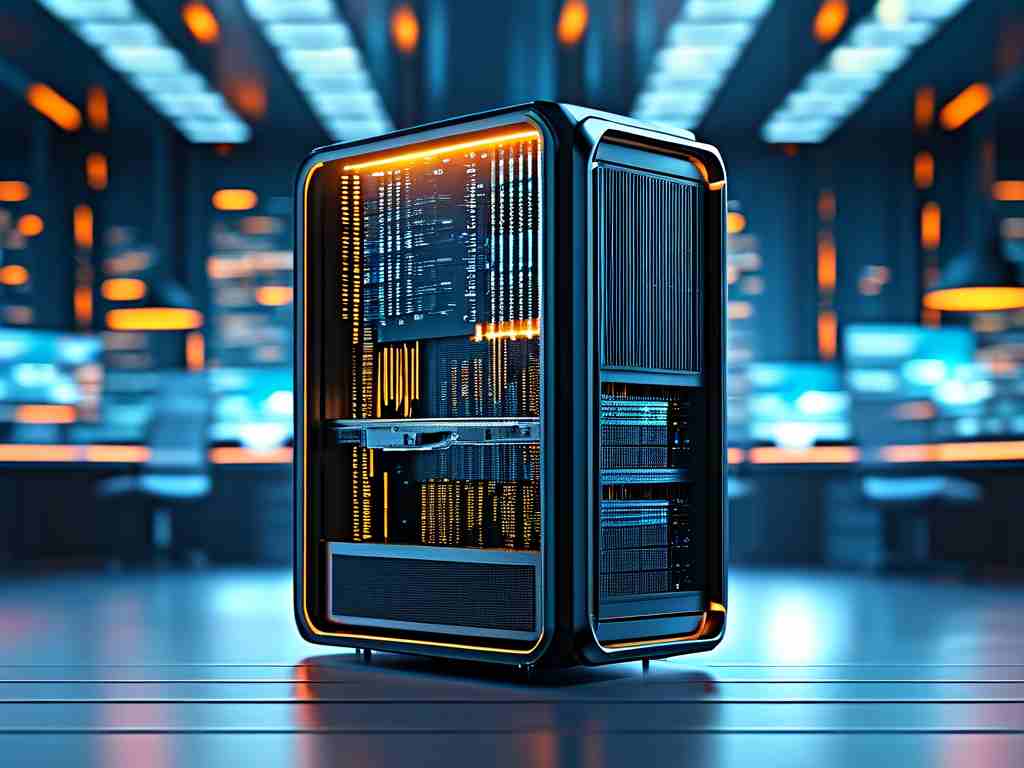Memory-centric computing, often termed In-Memory Computing (IMC), represents a fundamental shift in information technology architecture. Unlike traditional disk-based systems where data retrieval involves slow mechanical operations, IMC processes vast datasets directly within the main Random Access Memory (RAM) of servers. This paradigm eliminates the critical bottleneck of input/output (I/O) latency, unlocking unprecedented speed for data access, analytics, and transaction processing. The core premise is simple yet revolutionary: keep the working dataset resident in ultra-fast, directly addressable semiconductor memory.

The technological drivers enabling practical IMC are multifaceted. The dramatic and continuous decline in the cost per gigabyte of DRAM (Dynamic RAM) and the advent of high-performance, non-volatile memory classes like 3D XPoint (marketed as Intel Optane) have made storing substantial datasets in memory economically viable. Simultaneously, advancements in multi-core CPU architectures and high-bandwidth interconnects (like NVLink or CXL) provide the necessary processing power and data movement capabilities to exploit the speed of memory-resident data. Modern IMC platforms are not merely databases in RAM; they integrate sophisticated features such as massive parallel processing (MPP), columnar data storage for efficient analytics, and advanced compression algorithms to maximize the effective capacity of memory.
The performance leap offered by IMC is transformative. Complex analytical queries that once took hours or days against disk-based data warehouses can now be executed in seconds or minutes. Transaction processing rates soar into the hundreds of thousands or even millions per second, with response times measured in microseconds instead of milliseconds. This real-time capability fundamentally changes business operations. Consider a financial institution detecting fraudulent transactions while the payment is still being authorized, or a retailer dynamically adjusting pricing and promotions across millions of online users based on instantaneous inventory levels and demand signals. Supply chain optimization engines can react to disruptions or changing conditions in real-time, significantly improving resilience and efficiency.
Beyond speed, IMC fosters innovation in data utilization. It enables complex event processing (CEP) engines to correlate and analyze high-velocity streams of data (IoT sensor data, market feeds, social media) instantaneously, identifying patterns and triggering actions as events occur. Machine learning model training and inference benefit immensely; algorithms can iterate faster over larger datasets residing in memory, accelerating the model development lifecycle and enabling real-time predictions integrated directly into operational workflows. Technologies like graph databases, essential for understanding intricate relationships in networks (social, supply chain, fraud rings), achieve their full potential only when traversals happen at memory speed.
Deploying IMC does present considerations. While memory costs have decreased, storing the entire enterprise dataset in RAM remains impractical for many. Effective data tiering strategies, where hot (frequently accessed) data resides in memory and colder data moves to flash or disk, are crucial for cost optimization. High availability and disaster recovery require specialized approaches since traditional disk-based backups are insufficient for volatile memory states; solutions often involve synchronous replication across clusters and persistent memory technologies. Ensuring data consistency across massively parallel in-memory nodes demands robust distributed transaction protocols.
Looking ahead, the trajectory for IMC is exceptionally promising. The convergence with persistent memory technologies blurs the line between memory and storage, offering the speed of RAM with data persistence. Integration with advanced hardware accelerators (GPUs, FPGAs, TPUs) directly accessing shared memory pools will further boost performance for specific workloads like AI. Cloud providers are rapidly expanding IMC offerings (e.g., AWS MemoryDB for Redis, Azure SQL Hyperscale, Google Cloud Memorystore), making this technology accessible without massive upfront infrastructure investment. As the volume, velocity, and variety of data continue to explode, the ability to process information at the speed of thought, facilitated by memory computing, becomes not just advantageous, but essential for competitive survival and innovation across virtually every industry. The era of waiting for data is ending; the era of instantaneous insight and action, powered by in-memory computing, is well underway.

